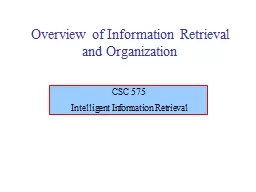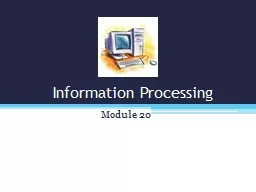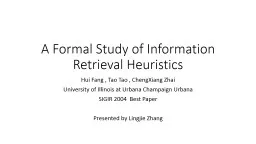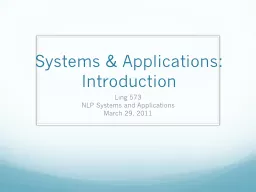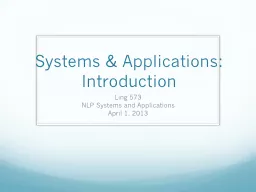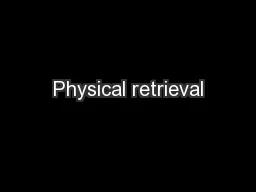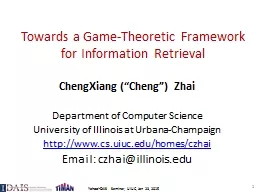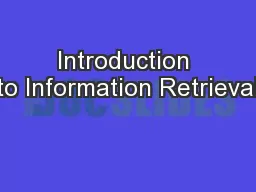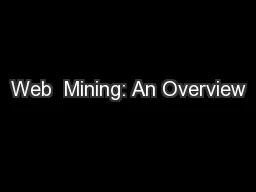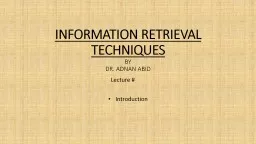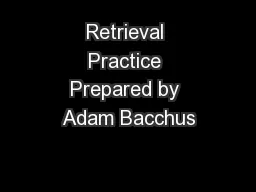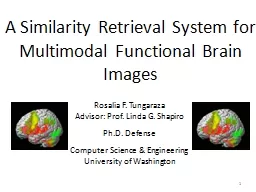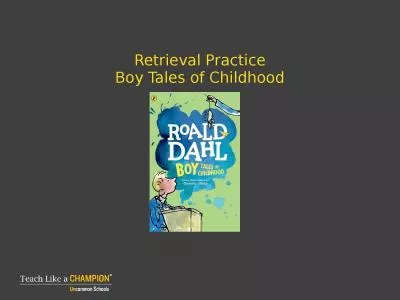PPT-Overview of Information Retrieval and Organization
Author : alexa-scheidler | Published Date : 2016-07-04
CSC 575 Intelligent Information Retrieval 2 Source Intel How much information Google 100 PB a day 3 million servers 15 Exabytes stored Wayback Machine has
Presentation Embed Code
Download Presentation
Download Presentation The PPT/PDF document "Overview of Information Retrieval and Or..." is the property of its rightful owner. Permission is granted to download and print the materials on this website for personal, non-commercial use only, and to display it on your personal computer provided you do not modify the materials and that you retain all copyright notices contained in the materials. By downloading content from our website, you accept the terms of this agreement.
Overview of Information Retrieval and Organization: Transcript
Download Rules Of Document
"Overview of Information Retrieval and Organization"The content belongs to its owner. You may download and print it for personal use, without modification, and keep all copyright notices. By downloading, you agree to these terms.
Related Documents

